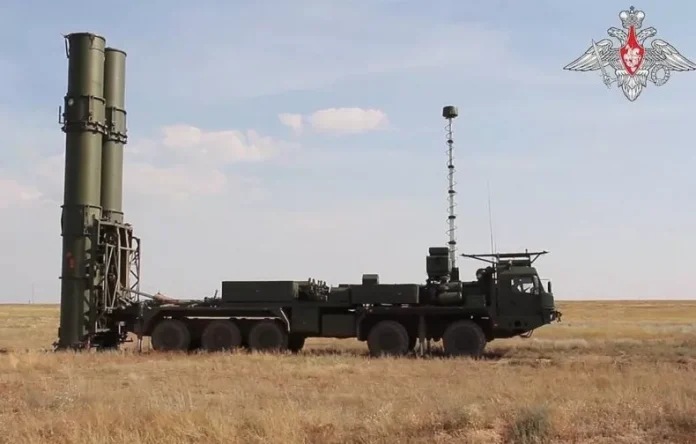Plummeting fertility rates in East Asia have raised questions about the region’s military powers’ ability to sustain their ranks in the coming years.
This has prompted China, Japan and South Korea to adjust recruitment standards, despite substantial funding and policy initiatives aimed at reversing the trend. But some experts argue technology will blunt the demographic shift.
East Asia has the lowest fertility rate globally, with China at 1.0, Japan at 1.2 and South Korea at 0.72 children per woman. Japan is also a “super aged” society, with China and South Korea hot on its heels.
South Korea, which mandates 18 months of military service for able-bodied men, maintains an active-duty force of about half a million soldiers. But considering its fertility rate, the world’s lowest, some experts say this could pose a long-term problem. “The future is predetermined. Downsizing of the force will be inevitable,” Choi Byung-ook, national security professor at Sangmyung University, told CNN in December.

Former South Korean President Moon Jae-in’s administration reduced the mandatory military service period to 18 months, and recently there have been debates on potentially extending conscription to women.
Su Tzu-yun, research fellow at Taiwan’s premier defense think tank Institute for National Defense and Security Research, predicted the service period might be further reduced “to allow young people to return to society and join the labor market earlier.”
“The impact of population aging is manifested in different ways in these three countries,” Su told Newsweek.
“In China, the most serious impact will be an economic disaster, exacerbated by trade wars and the disappearance of the demographic dividend, while South Korea and Japan will struggle more with military manpower,” he added.
Su said this would have a greater impact on regular forces, as special forces are limited enough in number and “a sense of professionalism” to not be as affected by manpower shortfalls.
Japan, which relies on voluntary military service, faces an even more difficult situation, Su said.
The Japan Times reported in November that the number of applicants to its Self Defense Force (SDF) had declined by approximately 30 percent over the past 10 years.
Fewer than 4,000 people joined in 2022, a figure that fell short of the recruitment target by more than 50 percent.
The SDF has struggled to swell its ranks despite its move in 2018 to raise the maximum age for new recruits from 26 to 32.
China, with the world’s largest military, has also lowered recruitment standards, including height, weight and vision requirements, to maintain its ranks.
“In China’s case, because it’s not as advanced economically as Japan or South Korea, paying for the military involves much less educated, much less healthy workers leaving the workforce and being replaced by better educated, healthier workers,” Andrew Oros, professor of Political Science and International Studies at Washington College in Chestertown, Maryland, said in an interview published Wednesday by the Center for Strategic and International Studies think tank.
“As a result, you’re likely to see a lot of economic growth that will come from that. Even a smaller workforce can have higher economic output, and they can pay for the advanced weapons that China wants,” Oros added.
He pointed out that despite demographic challenges, China has for decades been trying to build a more capable, technologically advanced military.
“I don’t think demographics is a significant factor in why China is pursuing advanced technology. They’re doing that because they want a military comparable to the United States.”
Tokyo and Seoul, however, are facing a more rapidly diminishing pool of fighting-age people to enlist in the military, “driving them to invest more in labor-saving technologies,” Oros said, while also predicting that demographics will affect military security until 2050, but not beyond.
Oros emphasized the changing face of warfare, with more grey zone and cyber operations. He also warned analysts against falling into the trap of “demographic determinism,” noting the potential labor-saving benefits of technology.




